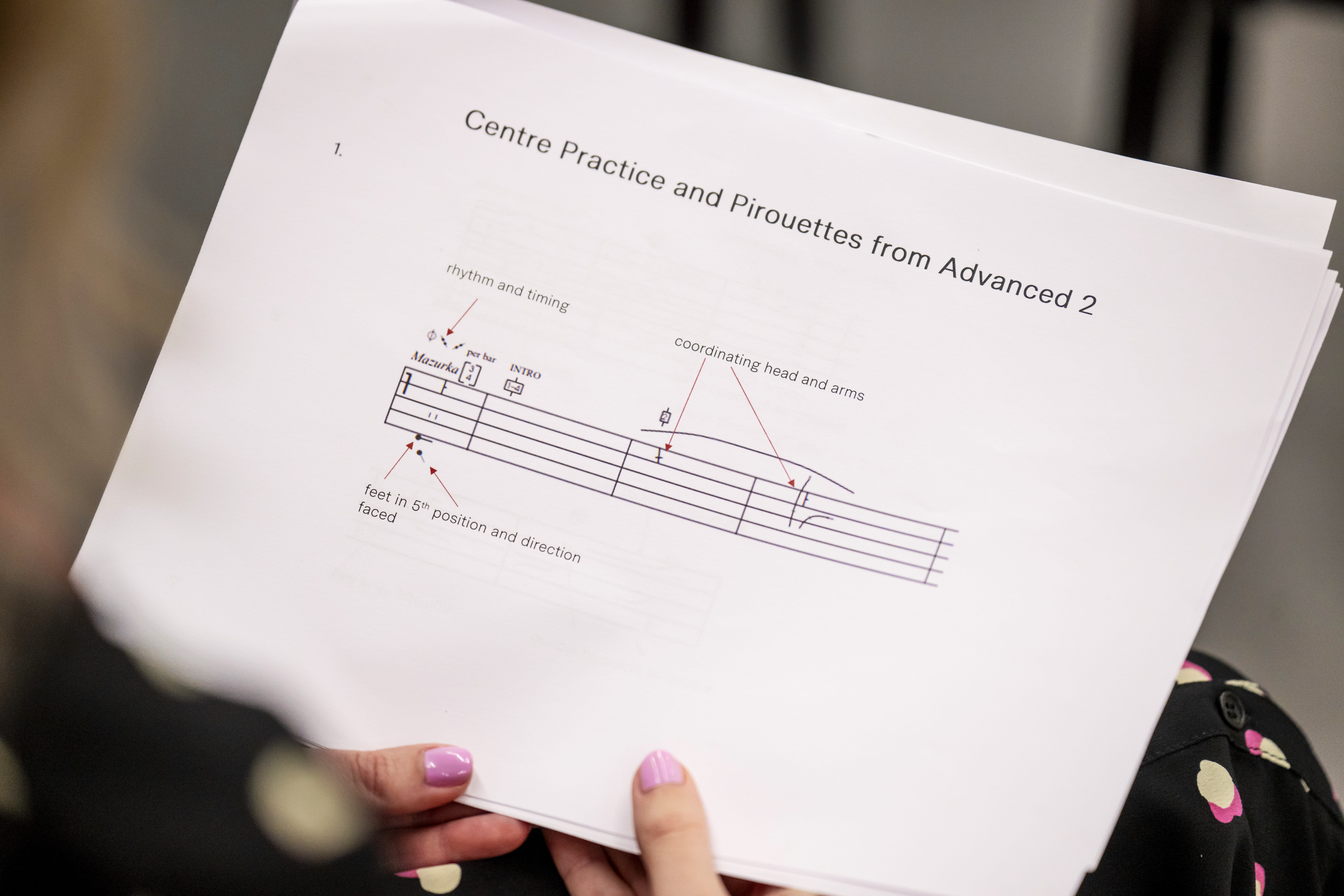Resources for Benesh Movement Notation
Encyclopedia
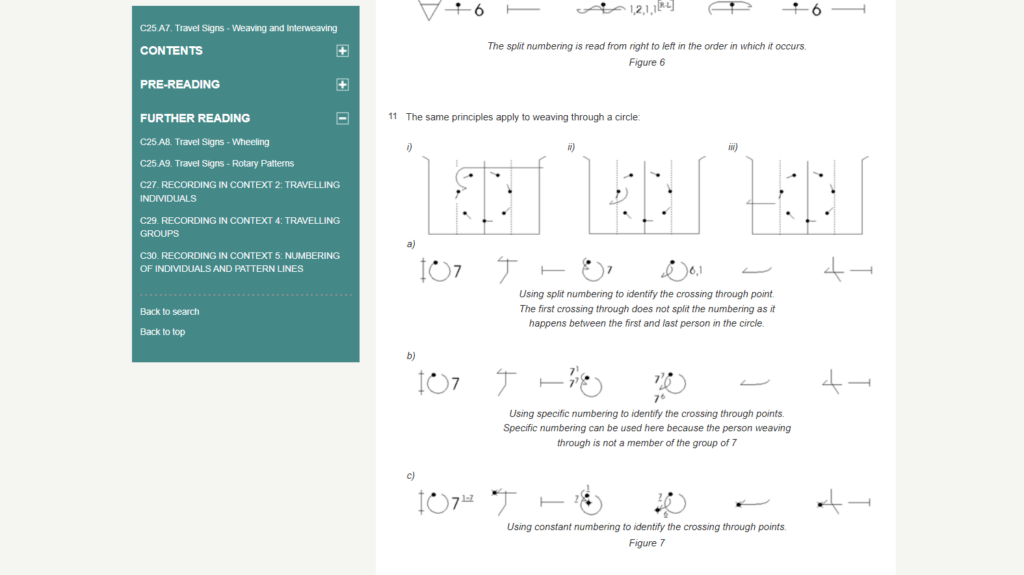
Like any language, Benesh Movement Notation is continually evolving but it must remain understood by all who use it. The Encyclopedia of Benesh Movement Notation is a comprehensive reference resource on the signs and use of the system.
Those who are subscribed as a Benesh Movement Notators and Registered Benesh Choreologists are eligible to access the encyclopedia as a benefit of their subscription. Any non-practising Benesh professionals can apply for access for an additional fee of £40.00.
If you have a qualification not listed here, please get in touch with us for clarification at beneshinternational@rad.org.uk.
Benesh subscribers and RAD Members with appropriate qualifications can apply for access to the Encyclopedia for an annual fee of £50.00.
- For more information about Benesh International Subscriptions.
- Benesh International subscription Terms and Conditions.
- Benesh International subscription FAQs.
The Benesh International subscription year runs from 1st August – 31st July.
For further details on how your information is processed, please see the Benesh International Privacy Notice.
Benesh Notation Editor
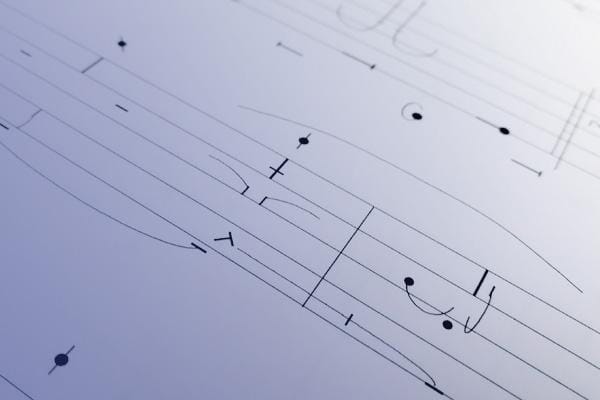
The Benesh Notation Editor (BNE) is a Windows programme for writing BMN scores.
It acts like a word processor, enabling the production of quality multi-stave printed scores that can be edited, copied, stored digitally, printed and sent by e-mail.
It was developed to meet the needs of professional notators, but it is also useful for teachers and students, all of whom will find that they can produce quality scores more easily than writing them by hand.
Benesh Score Notating Standards
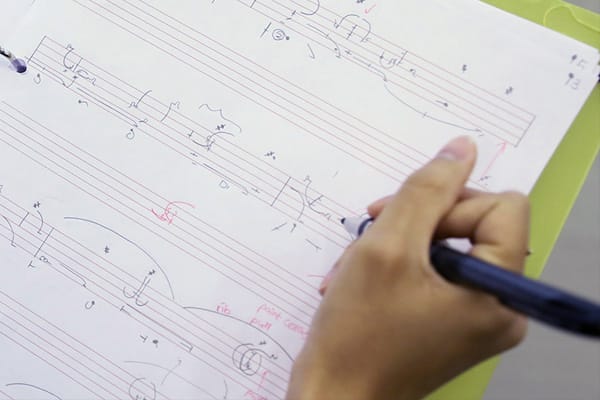
The Benesh Score Notating Standards (BSNS) have been created as universal guidelines on best practice for standards and procedures when writing or updating a BMN score.
We understand that each work has individual challenges and nuances, and each Benesh Notator will need to make a decision on how best to deal with these.
Download the Benesh Score Notation Standards 2024
Copies of the templates and forms illustrated in the BSNS can be found below
BMN Catalogue
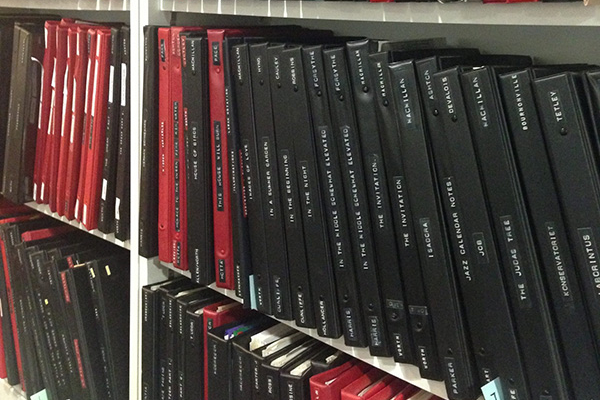
The BMN Score Catalogue, compiled and edited by Tania Inman, provides an international listing of Benesh Movement Notation scores of professional dance works recorded from 1955 to 1998. The first BMN Score Catalogue of works recorded, from 1955 to 1985 was compiled and edited by Irmgard Berry and published in 1986.
Of the 1,750 BMN dance scores in the repertoire, more than 250 are available for education, research, and teaching of dances from the repertoire. It is also a tool for the analysis of movement, rhythm, phrasing and the structure of dance works.
This 32-page PDF lists the scores in the BMN Score Catalogue 1955 – 1998.
The RAD’s Wolfson Library houses a unique collection of over 500 Benesh scores including recordings of great choreographic works such as:
- Sir Frederick Ashton’s La Fille mal Gardée
- Sir Peter Wright’s The Nutcracker
- Sir Kenneth MacMillan’s Romeo and Juliet
- Hans Van Manen’s Five Tangos
The collection also encompasses several scores which explore the use of BMN as a tool for anthropological and clinical research, such as Julia McGuiness’s Application of Benesh Movement Notation to Cerebral Palsy research and Andrée Grau’s study of Ugandan dances.
Information about individual scores can be found online in the Library Catalogue. Select the Advanced Search option and search in BMN scores.
Other resources
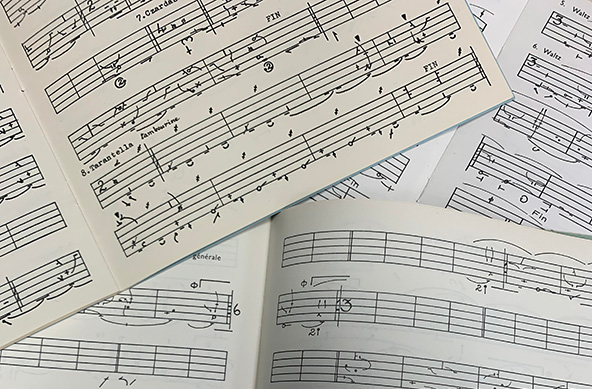
A list of further BMN resources.
- Benesh Movement Notation for Ballet (text book) by Monica Parker
- Benesh for Ballet (ibooks) by Rhonda Ryman-Kane and Robyn Hughes Ryman
- Motion Bank – a Notation Response by Victoria Watts
- Publications
- Copyright notices – revised code of practice 2005
- Introducing the Benesh Notation Editor
- Kenneth MacMillan and BMN – Revealing MacMillan (conference 2002)
- N Dromgoole QEII citation for Joan and Rudolf Benesh

